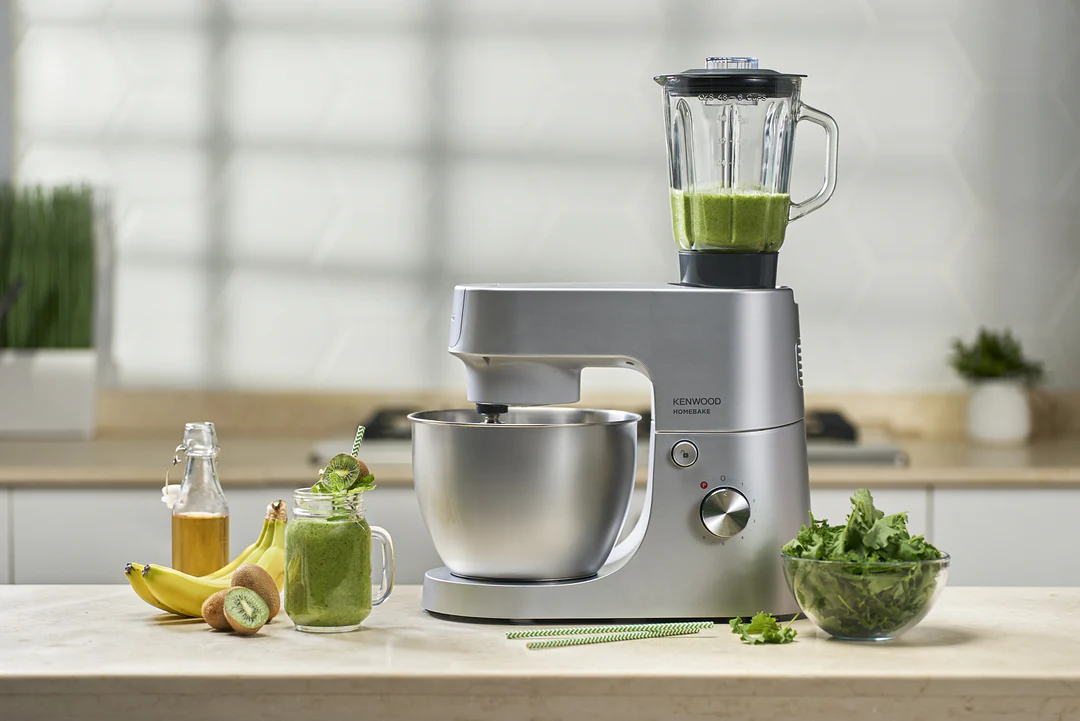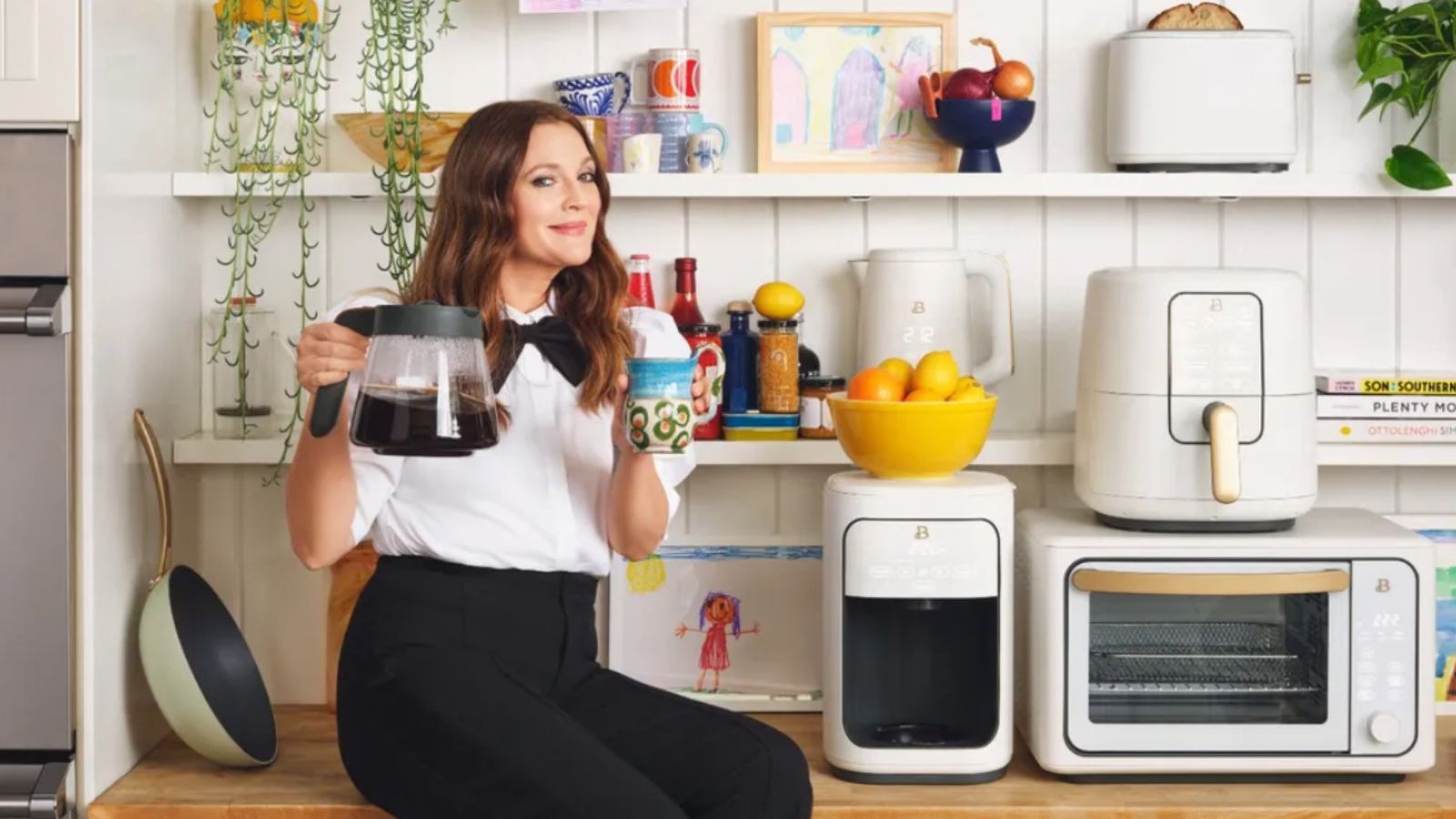Let’s be honest, we’ve all been there. You’ve just spent ages whipping egg whites into magnificent, glossy peaks, or you’ve created a cloud-like meringue. Now comes the scary part: combining it with your heavier batter. The recipe says to “fold gently,” and a little voice in your head screams, “Don’t you dare ruin it!” For many, learning How To Fold Ingredients With A Mixer seems like a contradiction, like trying to whisper with a megaphone. But what if I told you it’s not only possible but can be a total game-changer for your baking? Stick with me, and I’ll show you how to turn that powerful little machine into an artist’s tool, preserving every precious air bubble you worked so hard to create.
What Does ‘Folding’ Even Mean in Baking?
Before we plug anything in, let’s get on the same page. Folding isn’t just mixing. Mixing is about combining ingredients until they’re uniform, often developing gluten along the way. Folding, on the other hand, is a much more delicate dance.
The goal is to gently incorporate a light, airy mixture (like whipped cream or beaten egg whites) into a heavier, denser mixture (like a cake batter or chocolate base) without deflating all the air. Think of it as carefully merging two lanes of traffic versus a full-on collision. That air is what gives soufflés their lift, mousses their ethereal texture, and chiffon cakes their tender crumb. Lose the air, and you lose the magic. Traditionally, this is the sacred territory of the rubber spatula, but your hand mixer is about to get a promotion.
Key Mixer Features for Flawless Folding
Not all hand mixers are created equal when it comes to delicate tasks. If you’re serious about your baking, knowing what features matter is crucial. This is less about raw power and more about finesse and control.
Why Speed Control is Everything
The single most important feature for folding is a true low speed. Many mixers have a “slow” setting that’s still powerful enough to launch flour across your kitchen.
- Slow-Start Feature: This is worth its weight in gold. A mixer with a slow-start function gradually ramps up to the selected speed, preventing ingredients from splattering and giving you a moment to get the motion right.
- Multiple Speed Settings: Look for a mixer with at least 5 speed settings. The more granular the control, the better. You want a setting that feels just a whisper faster than stirring by hand.
The Right Tools for the Job: Attachments Matter
Your standard twin beaters can work in a pinch, but for superior results, the right attachment is key.
- Balloon Whisk: If your hand mixer came with a single, large whisk attachment, you’ve hit the jackpot. Its wide, open-wire design is perfect for gently lifting and turning the batter, incorporating ingredients with minimal air loss.
- Standard Beaters: These can still be used, but you have to be extra careful. Their design is more suited for agitating and mixing, so the risk of overmixing and deflation is higher.
- Dough Hooks: Just don’t. These are for kneading, and they will mercilessly punch all the air out of your delicate mixture. Keep them for bread dough only.
The Ultimate Guide on How to Fold Ingredients With a Mixer
Alright, aprons on. It’s time for the main event. We’re going to walk through this step-by-step. Let’s imagine we’re folding whipped egg whites into a chocolate batter for a mousse.
- Prepare Your Station: Have both your light mixture (egg whites) and heavy mixture (chocolate batter) ready in their respective bowls. Make sure your mixer is fitted with the correct attachment—ideally, a single balloon whisk.
- Lighten the Load (The Sacrificial Lamb): Take about one-quarter of your light mixture (the egg whites) and mix it thoroughly into the heavy batter. You can use a spatula or even the mixer on a low-ish speed for this part. Don’t be gentle here. The goal is to slacken or lighten the heavy batter, making it more receptive to the rest of the airy whites. This “sacrificial” portion makes the final folding process much smoother.
- Add the Rest: Gently scoop the remaining three-quarters of your egg whites on top of the lightened batter.
- Engage the Mixer—The Right Way: This is the crucial step. Set your mixer to its absolute lowest speed. If it has a pulse function, that can be even better.
- Master the Motion: Don’t just plunge the mixer in and turn it on. The technique is a gentle “lift and turn.”
- Insert the whisk into the side of the bowl, going down to the bottom.
- Turn the mixer on at its lowest speed.
- Slowly draw the mixer up through the center of the ingredients, lifting the heavy batter from the bottom up and over the light mixture on top.
- As you do this, slowly rotate the bowl with your other hand.
- Repeat this “down-the-side, up-the-middle” motion. You’re mimicking the classic spatula folding technique, just with a little mechanical assistance.
- Know When to Stop: This is perhaps the most important skill. You are not looking for a perfectly uniform, homogenous batter. You should stop as soon as you see no large pockets of unmixed ingredients. A few faint streaks are perfectly fine and are a sign that you haven’t overmixed. It’s always better to stop a second too early and finish with one or two quick folds with a spatula than to mix a second too long.
Expert Take: I once spoke with Pastry Chef Isabelle Dubois, and she put it perfectly: “Think of your mixer’s low speed as an extension of your own hand. You’re not beating the batter into submission; you’re coaxing it into friendship. The moment you see them getting along—stop.”
Hand Mixer vs. Spatula: When to Choose Which?
So, should you throw out your trusty spatula? Absolutely not. Each tool has its time to shine.
- Use a Spatula When: You’re working with extremely delicate preparations like a soufflé base or a macaron batter. For these, the absolute control of a human hand is non-negotiable. Also, for very small batches, setting up the mixer might be more trouble than it’s worth.
- Use a Hand Mixer When: You’re making larger batches of mousse, chiffon cake, or genoise sponge. It saves significant arm-work and can incorporate ingredients more consistently in a large bowl. It’s the perfect middle ground when you need more efficiency than a spatula but more control than a stand mixer.
Learning how to fold ingredients with a mixer gives you a new level of versatility in the kitchen. It’s a skill that, once mastered, will have you tackling ambitious recipes with newfound confidence.
Frequently Asked Questions
Can I use a stand mixer to fold ingredients?
It’s much trickier. Stand mixers are more powerful and less maneuverable. The paddle attachment can deflate batter quickly, and it’s hard to get the proper “up and over” motion. It’s generally not recommended unless you have a specific folding attachment and a great deal of experience. The hand mixer offers far more control.
What is the absolute best speed for folding with a mixer?
The lowest possible speed your mixer offers. It should be slow enough that you can clearly see the individual turns of the beater or whisk. If your mixer’s lowest speed still seems too fast, use a “pulsing” technique—turning it on and off in short one-second bursts.
How do I know when I’ve folded enough?
You should stop when the mixture is almost fully combined. You’re looking for the point where there are no major streaks of unmixed ingredients. A few faint ribbons of color or white are a good sign to stop. Over-folding is the enemy of volume.
Can I fold dry ingredients like flour into a wet batter with a mixer?
Yes, this technique works wonderfully for that! It helps prevent over-developing the gluten in the flour, which can lead to tough cakes. Use the same low-speed, lift-and-turn motion until the flour just disappears.
My batter always seems to deflate. What am I doing wrong?
The most common culprits are: using a speed that’s too high, mixing for too long, or using the wrong attachment (like dough hooks). Also, don’t forget the crucial step of lightening your base with a small “sacrificial” amount of the airy mixture first!
Conclusion: Fold with Confidence
The fear of deflating a perfect batter is real, but it doesn’t have to hold you back. Your hand mixer is more than just a brute-force tool for creaming butter and sugar; it’s a capable and finessed partner for your most delicate baking projects. By understanding the principles, choosing the right attachment, and mastering the low-and-slow technique, you can unlock a new world of baking possibilities. Embracing how to fold ingredients with a mixer isn’t about taking shortcuts; it’s about working smarter, saving your arm strength for decorating, and achieving consistently light, airy, and delicious results.
Now go forth and fold! We’d love to hear about your baking successes in the comments below.
